Packaging Trends
Packaging Trends
Packaging Trends
**Packaging Trends** refer to the latest developments and innovations in the packaging industry. These trends shape how products are packaged, presented, and delivered to consumers. Understanding these trends is crucial for businesses to stay competitive and meet consumer expectations.
Why Packaging Trends Matter
Keeping up with **Packaging Trends** helps companies improve their product appeal and functionality. Trends can influence packaging design, materials used, and sustainability practices. For example, eco-friendly packaging is a significant trend driven by consumer demand for sustainable products.
Key Packaging Trends
Several key **Packaging Trends** are shaping the industry today:
1. Sustainable Packaging: Using materials that are recyclable, biodegradable, or made from renewable resources.
2. Smart Packaging: Incorporating technology like QR codes or NFC tags to provide additional information or interactive experiences.
3. Minimalist Design: Simplifying packaging design to reduce waste and appeal to modern aesthetics.
4. Customization: Creating personalized packaging to enhance the consumer experience and build brand loyalty.
Examples of Packaging Trends
One example of a **Packaging Trend** is the use of **biodegradable materials**. Brands like Lush use compostable packaging for their products. Another example is **smart packaging**. Companies like Coca-Cola use QR codes on their bottles to engage customers with interactive content.
Conclusion
Staying informed about **Packaging Trends** is essential for any business involved in product packaging. These trends can help improve sustainability, enhance consumer engagement, and keep a brand relevant in a competitive market.
Blog Posts with the term: Packaging Trends
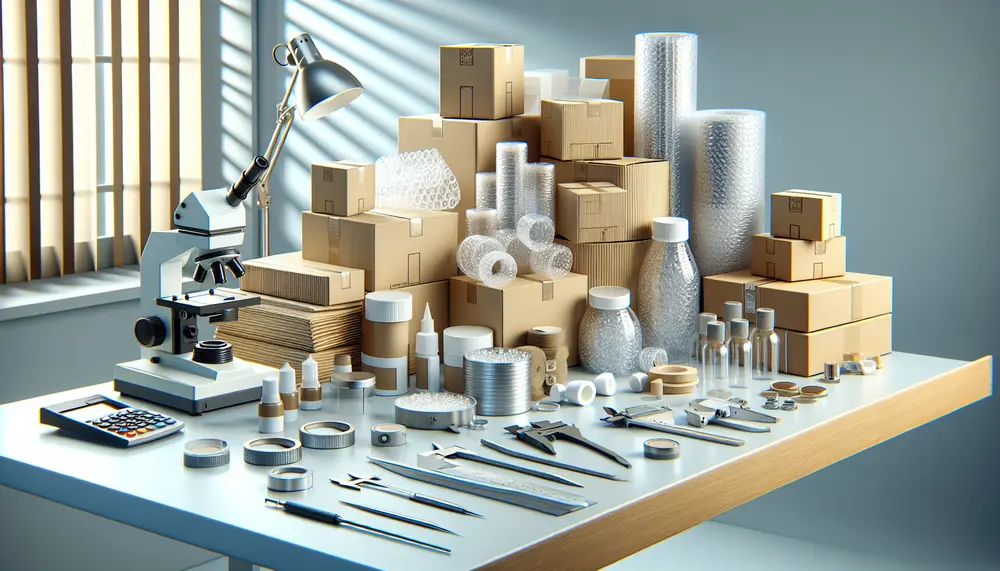
Packaging R&D is essential for innovation in the industry, focusing on functionality, efficiency, sustainability and improving user experience while minimizing environmental impact. Innovation drives packaging solutions forward with smart technologies and eco-friendly materials to meet market needs and reduce environmental...
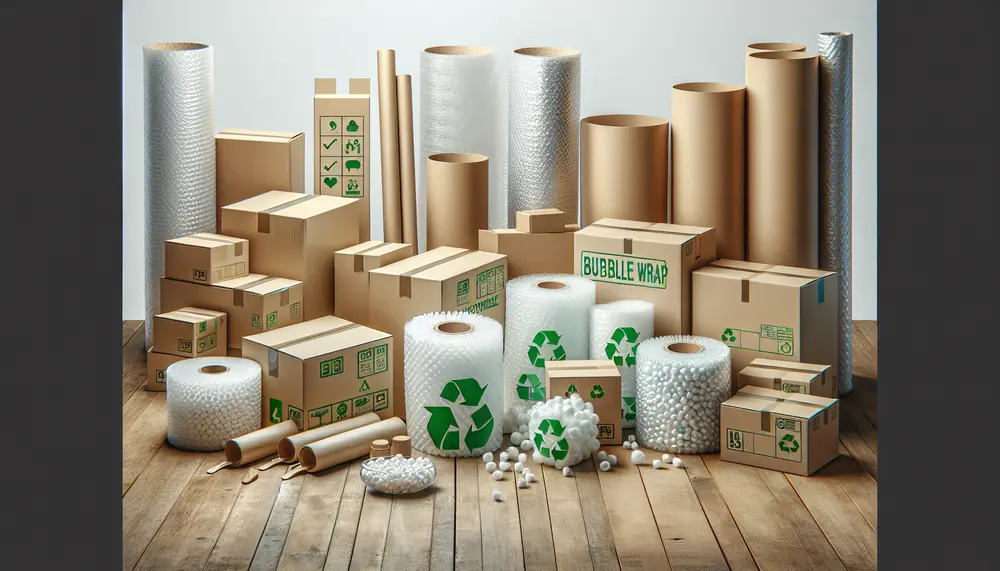
Packaging solutions in New Zealand are essential for product integrity, safe distribution, and brand identity; they must be durable for long transits and increasingly sustainable to meet consumer expectations. Quality packaging is crucial as it protects goods during shipping, enhances...

Packaging plays a critical role in first impressions, influencing consumer perception and purchasing decisions within seconds by conveying brand identity and evoking emotions. Design elements like clarity, typography, imagery, consistency, and functionality are key to creating packaging that is both...
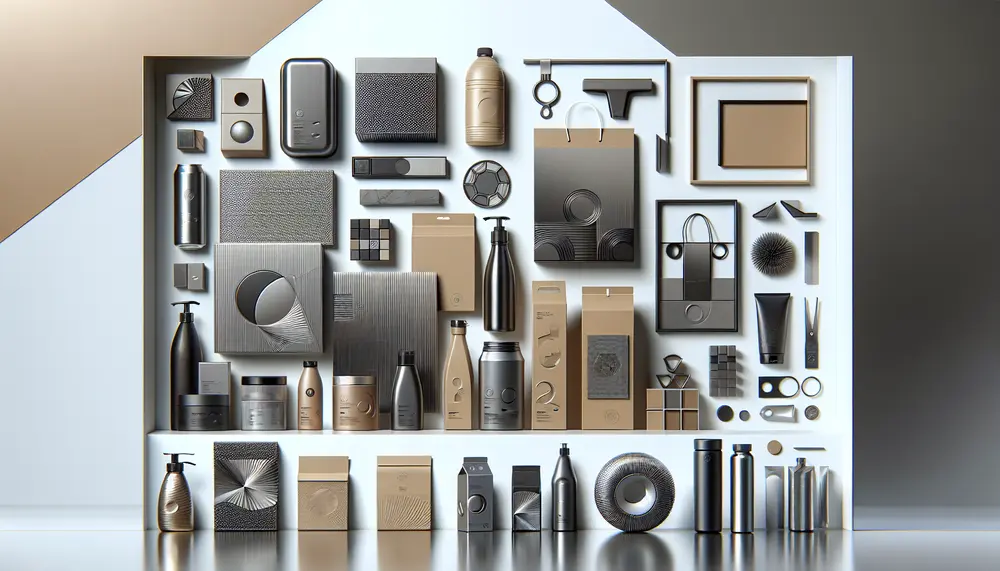
The 2024 packaging design trends emphasize aesthetics, functionality, and sustainability to enhance brand storytelling and consumer engagement. Trends include eco-friendly materials that reduce environmental impact but may increase costs, minimalist designs that offer a clean aesthetic while potentially being too...
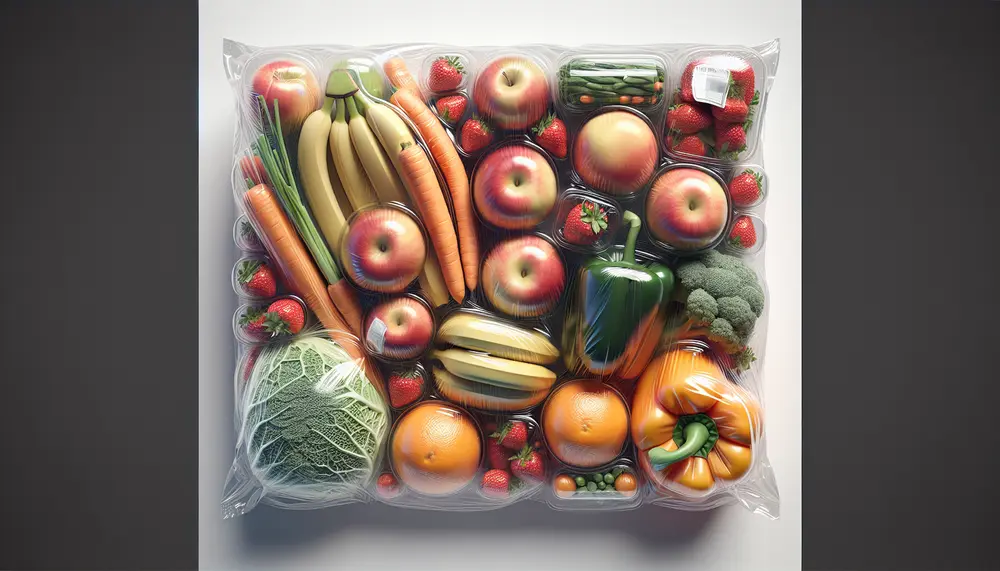
Packaging for fruits and vegetables is crucial in ensuring produce reaches consumers fresh, extends shelf life by controlling moisture and airflow, protects from contaminants, and maintains hygiene. The choice of packaging materials like corrugated boxes or breathable bags depends on...

Chocolate packaging design is crucial for brand image, consumer appeal, and product protection; it combines aesthetics with functionality to enhance the chocolate experience. Sustainable luxury in chocolate packaging balances environmental responsibility with maintaining a premium feel, as brands adopt recyclable...
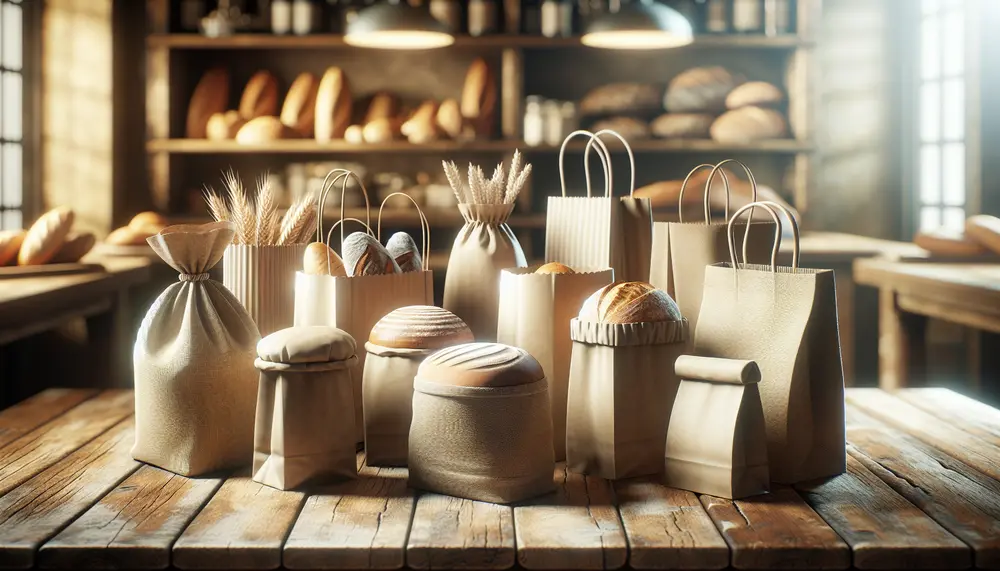
Bread bags are crucial for maintaining the freshness and quality of bread by providing protection against contaminants, moisture, and pests; they also serve as a branding tool for bakeries. Choosing the right bag involves considering material (paper, plastic, organic cotton),...
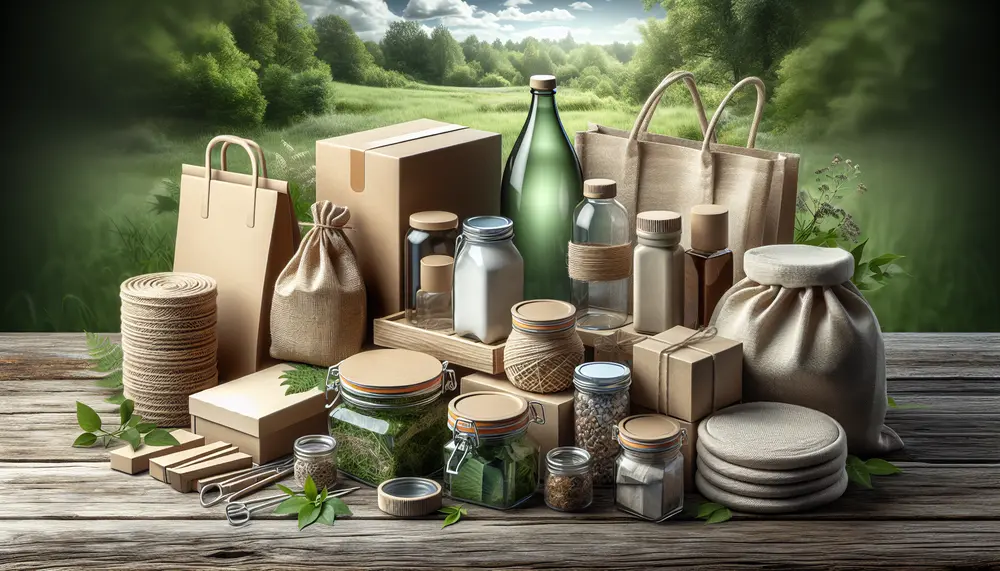
Europe leads in sustainable packaging, integrating eco-friendly materials and methods to reduce environmental impact. This shift is driven by consumer awareness, strict regulations, and a collaborative effort among stakeholders to set global examples for balancing ecology with business growth. The rise...

The pharmaceutical packaging industry is rapidly evolving with trends focusing on sustainability, smart technologies, and personalized solutions to meet consumer demands and regulatory requirements. While these innovations offer benefits like reduced environmental impact and enhanced patient engagement, they also present...

Sustainable packaging is a comprehensive approach to minimizing environmental impact throughout the lifecycle of packaging, essential for both ecological preservation and meeting consumer demand for green products. Eco-friendly packaging has become a significant factor in purchasing decisions, with consumers willing...

Affordable packaging focuses on cost-effective, quality solutions that balance price with durability and sustainability. It involves exploring materials like bioplastics, optimizing design for minimalism and efficiency, and staying updated on industry trends to reduce costs without sacrificing customer experience or...
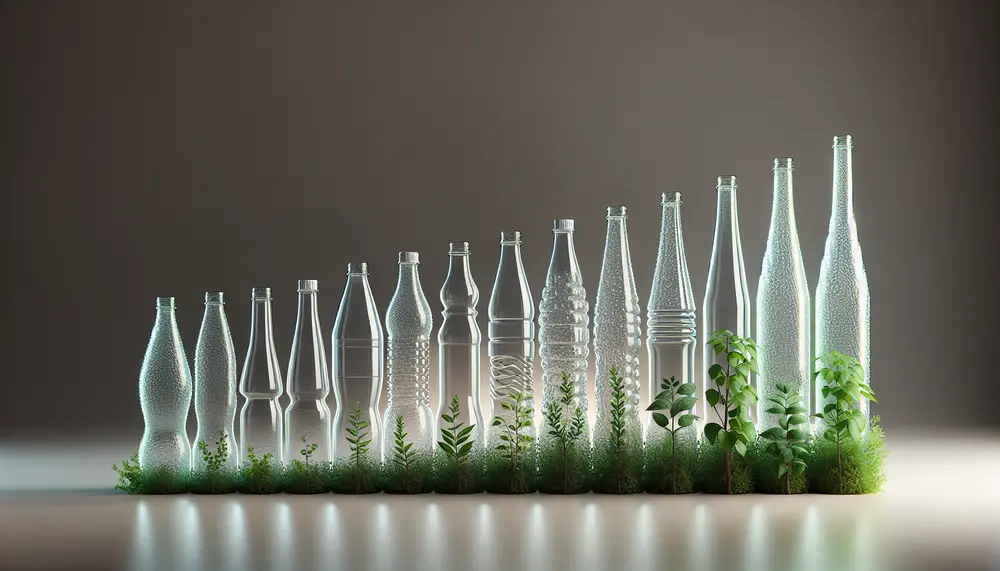
RPET stands for recycled polyethylene terephthalate, a sustainable packaging material made from recycling used PET plastics. It reduces reliance on virgin plastic and conserves resources while maintaining quality through multiple life cycles. The journey of RPET bottles involves collection, sorting, cleaning,...
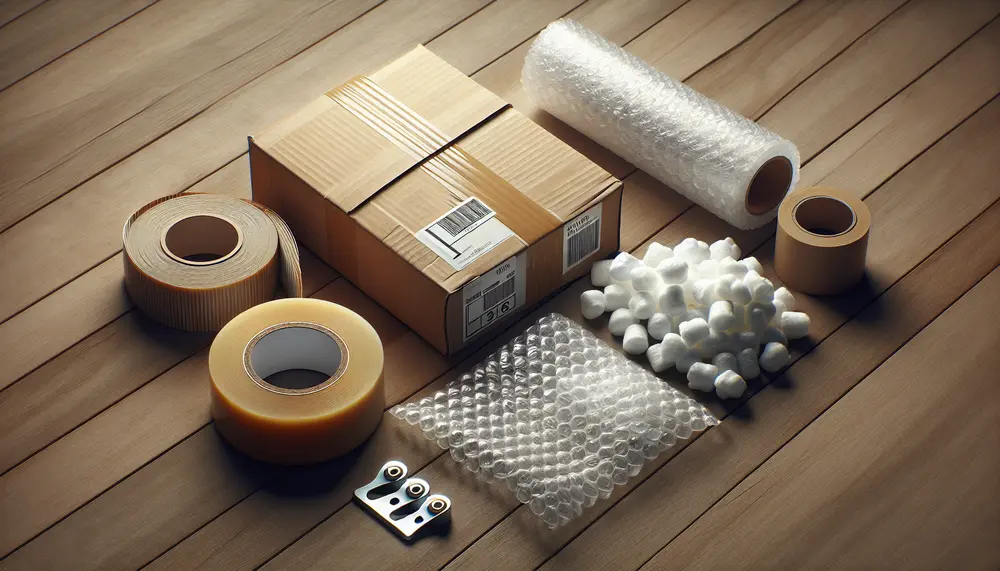
Packaging materials are essential for product protection, information dissemination, and marketing; material selection is based on factors like durability and sustainability. Plastic packaging offers versatility but faces environmental concerns, glass provides purity and recyclability, metal ensures strength and long-term preservation...
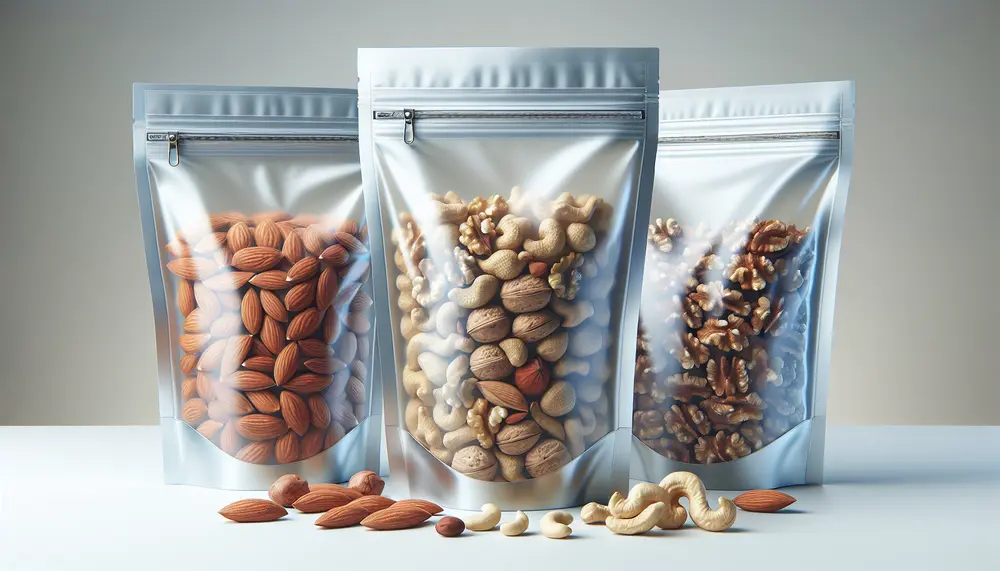
Nut bags are specialized packaging for snacks like nuts and seeds, offering benefits such as reusability, freshness preservation, health safety, and marketing potential. Material choice is key in nut bag production with organic cotton being a popular option due to...

Jewelry packaging materials are essential for protection, brand identity, and enhancing customer experience; factors like durability, cost, customization potential, and environmental impact guide material selection. The right packaging is a key marketing tool that can influence consumer behavior and align...
